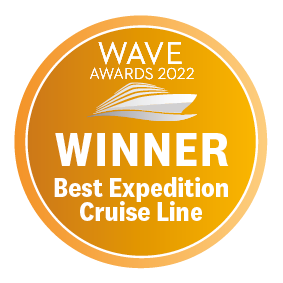Iceland's Westfjords & North Coast

Geologically, Iceland is one of the youngest countries on Earth. It’s a land of spectacular geology that is rich in wildlife, culture and human history. On this voyage, you'll explore Westfjords, one of the remotest and most pristine regions in Iceland—ideal for nature hikes and bird and whale viewing. Discover diverse landscapes including thundering waterfalls, lava fields that breath steam and verdant valleys that stretch beyond the horizon. In Husavik, keep your eyes and cameras ready to catch the fluke of a whale tail as it takes a deep dive. Atlantic puffins can be found in large numbers in Iceland, and you'll have many opportunities to encounter these charismatic birds nesting in their burrows. Note: In order to experience some of the incredible scenery of Iceland, a number of the shore excursions on this itinerary require coach travel away from the coast.
AE Expeditions is a small Australian cruise line which specialises in off-the-beaten-track voyages led by remote area experts.
The company’s adventurous co-founders, Greg and Margaret Mortimer, established AE Expeditions in 1991 and had by the following year, already begun running voyages to Antarctica

Introducing our new ship, the Sylvia Earle
A floating ambassador for the planet


